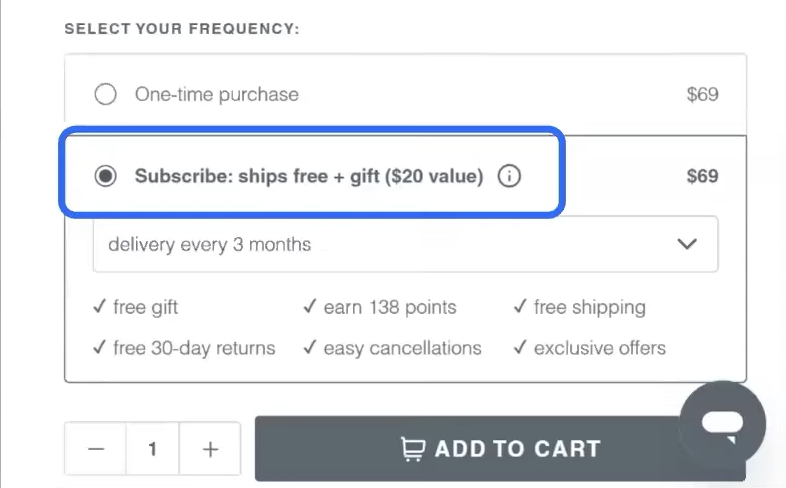Webflow CRO: What is Structured A/B testing

If you’re a designer or marketer looking to increase engagement, testing your ideas is essential. A/B testing compares two versions of an app or webpage to identify the better performer. It’s a method that helps you make decisions based on real data rather than just guessing. By comparing variations, you can validate which changes drive real results, avoiding costly missteps.
What is A/B testing:
A/B testing, refers to an experimentation process wherein two or more versions of a variable (web page, page element, etc.) are shown to different segments of website visitors at the same time to determine which version leaves the maximum impact and drives business metrics.


Why is it important to run A/B testing?
Businesses are getting a lot of unqualified leads, and yet not getting enough deals. Meanwhile, the media and publishing are getting more expensive and less effective with continued algorithm changes. These core conversion metrics are affected by some common problems like leaks in the conversion funnel, drop-offs on the payment page, etc.
In a nutshell, you will solve visitors' pain points or frictions by understanding their needs, get better ROI from the existing traffic, and lower your bounce rate.
What is structured A/B testing?
There is a difference between just running an A/B test and structured A/B testing.
In random A/B testing:
The team runs A/B testing without having a plan for what the metrics are. This actually leads to low impact or no impact, as it is not connected as part of your team.
As John Kan mentioned, a 2-pillar testing program that can shift your testing strategy:
- User-centered hypotheses: starting by deeply understanding your visitors, why they are on your website, what their goal is, the friction point, and their motivation. It helps you put yourself in their shoes and see what can actually be done, not to be abundant with the users.
- Strategic prioritization: strong strategies coming from a good understanding of your website visitors and translating it into strategic action. Prioritize experiments based on their potential to impact key business objectives.
So the ideal test is to run a test, learn something, supply that to the next test, and then run another test, so that you can actually fix the frictions and bring more conversions.
When should you run A/B tests?
An A/B test is useful whenever you need to determine if a design change would improve a product or website’s effectiveness. These evaluations apply to various media, such as:
- Website pages — Even subtle changes like making a button more prominent or adding a new feature highlight can improve a page’s engagement and conversion rates.
- Mobile apps — Changing an app’s layout, branding, and functions can improve or degrade usability. A/B tests help designers measure those changes with real-world users.
- Advertisements — Split testing your advertisements can help you compare results to find the features, designs, and taglines that are most interesting to potential customers.
- Emails — Email campaigns often fail or succeed based on minute details. A/B tests can reveal and compare important distinctions, such as the most effective subject lines and CTAs.
A/B testing with Webflow Optimize:
While there are a lot of A/B testing tools like Optibase and JavaScript, our main tool for A/B testing is Webflow Optimize, and here is why:
Provide everything:
First of all, it is a full package of testing and personalizing tools that help us tailor our clients' site experience for specific audience segments.
AI Optimize:
With the continuous updates on Webflow AI assistant, they are becoming complete website assistants for our client websites, with AI optimizing the AI-powered variation delivery is now available. This is a huge step that let us know which test is going to work for which ICP and helps us track more efficiently with our hypothesis and target the ones that can actually drive results.
Visualizing the performance:
Instead of huge manual work with all the spreadsheets to track the variation performance, webflow optimization helps us simply find the insights very quickly. And by making a connected eco-system via website, CRM, etc., we make sure that each click matters and can track the full user journey.
---
If you're ready to truly shake up your digital performance, schedule a consultation with us today!
For more updated news about Karpi studio, follow us on LinkedIn.




